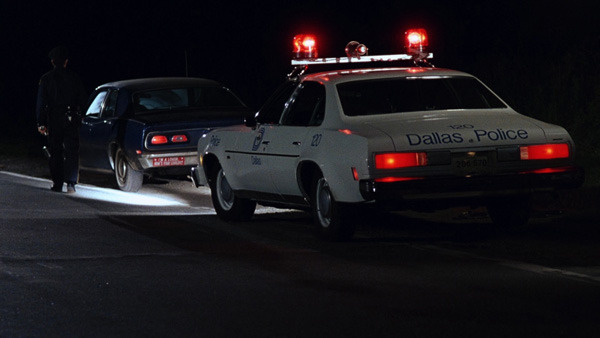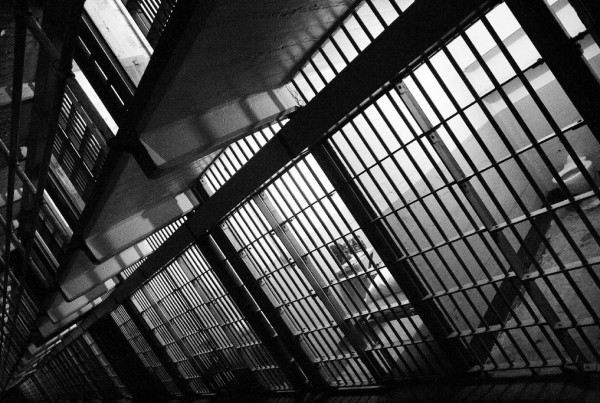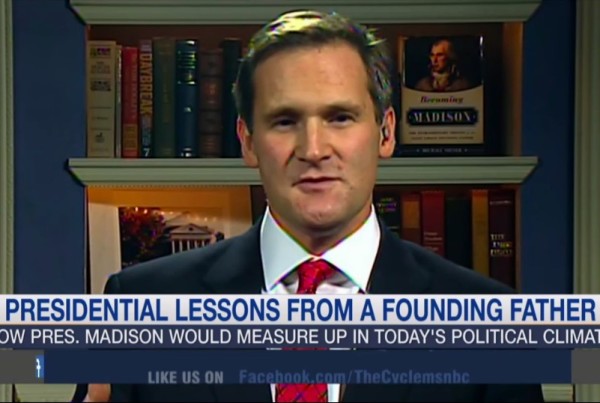This story originally appeared on Texas Public Radio.
In a 2005 essay for NPR’s “This I Believe” series, filmmakerErrol Morris laid out the personal philosophy behind his documentary filmmaking: “Truth is not relative, it’s not subjective. It may be elusive or hidden, people may wish to disregard it, but there is such a thing as truth.” Documentaries, by their nature, are created not through an illusory omnipresent eye, but by a person, and from the perspective of that person. With The Thin Blue Line, Morris used that personal quest for truth to build the case for Randall Dale Adams’ innocence.
Adams had been convicted for the 1976 killing of a Dallas police officer. Having finished his first two documentaries, Gates of Heaven and Vernon, Florida, Morris was a filmmaker on hiatus, spending his days working for a New York private investigative firm. The two met when Morris traveled to Texas in 1985 to interview James Grigson, an infamous psychiatrist and friendly witness for the prosecution who helped send scores of men to death row by unfailingly testifying that if released, the convicted prisoner would most certainly kill again. In Randall Dale Adams’ case, his conclusion was drawn after speaking to Adams for only 15 minutes. (Later, in 1995, Grigson would be expelled by the American Psychiatric Association for unethical conduct.) On Grigson’s suggestion, Morris began interviewing Texas inmates, and became convinced that Adams was telling the truth when he said he wasn’t the shooter.
The resulting film from the investigation, The Thin Blue Line, was a quantum leap forward in style and substance for Morris. Both Gates of Heaven and Vernon, Florida reveal truths about human nature through one-on-one interviews with the subjects, but The Thin Blue Line takes the format into uncharted territory, drawing comparisons to television programs like “In Search of…” and “Unsolved Mysteries.”
Talking head interviews are intercut with recreations of the crime, as well as the time before and after. Old film clips accompany the testimony of one witness as she reminisces about watching detective movies as a child. Close-up shots of popcorn, clocks, or a milkshake flying through the air all focus the viewer’s attention on key points. And most notably, The Thin Blue Line features a soundtrack by Philip Glass that dramatically underscores the reenactments and interviews in ways sad, sympathetic, and urgent.
“How many movies can you think of where crucial pieces of evidence were uncovered in front of a camera?” Morris asks in one of the supplements on Criterion’s new Blu-ray and DVD release of the film. Emily Miller, husband R.L. Miller, and Michael Randell all claimed at Adams’ trial to have seen Adams pull the trigger, killing officer Robert Wood during a routine traffic stop that night in 1976. But no sooner do they open their mouths for Morris’s camera than they’re either contradicting themselves or offering outlandish stories. Morris recalls: “[Witness] Emily Miller said to me some of the craziest stuff that I’ve ever put on film. She tells me about her love of detective stories, Boston Blackie, et cetera. She says to me, ‘Every where I go, there are murders, even around my house.’ Ooooh-kay? What am I to imagine, someone being garroted in the dining room?”
Read the rest on Texas Public Radio.
















